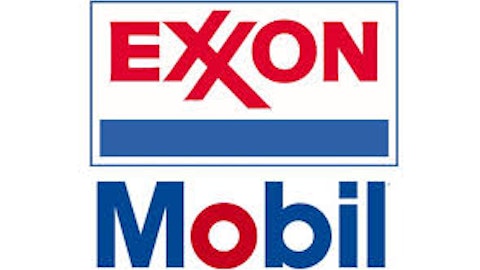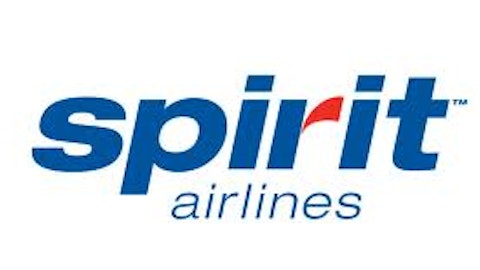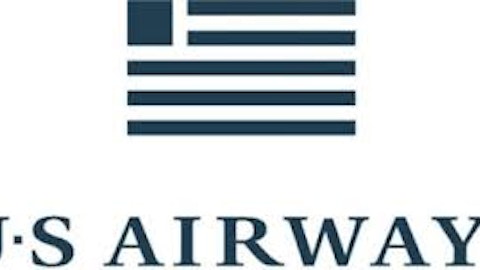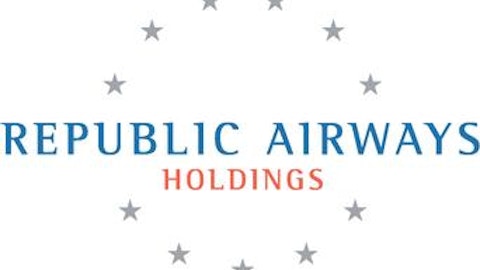The What
Last week’s agreement between US Airways Group, Inc. (NYSE:LCC) and American Airlines (in Chapter 11) will create the nation’s largest carrier in terms of revenues. LCC shareholders should take note, as they would own 28% of the resulting company, with American stakeholders (mostly creditors) owning the remaining portion. The proposed American Airlines Group would be led by current US Airways CEO W. Douglas Parker. It would operate nine domestic hubs, including five on the east coast. American’s market share would ascend to #1 in the eastern U.S. and central U.S. regions, and #3 on the west coast.
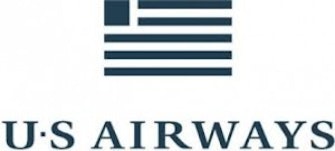
At first glance the pending merger looks great for US Airways. Delta Air Lines, Inc. (NYSE:DAL) improved its efficiency significantly after its purchase of Northwest, partly by way of fleet optimization. That legacy carrier is now consistently profitable thanks to heightened productivity and fuller aircraft (increased load factors). Secondly, United Continental Holdings Inc (NYSE:UAL) is making strides in its realization of merger benefits, stating a goal of more than $1 billion in revenue/cost synergies annually. See my earlier blogs: More Airline Consolidation on the Way? and Can United Continental Stay on the Rise?
So What?
One challenge faced by large airlines for more than a decade now is the expansion by carriers with lower cost structures on their route networks. These combinations address this problem by providing economies of scale and scope. For example, American gains on the revenue line from the availability of new city pairs to fly between. Like Delta, it will also redeploy its fleet to higher-profit routes. On the cost side, the integration of facilities and functions should bear fruit. All told, American is targeting $1.4 billion in annual merger synergies, while one-time transaction costs are likely to amount to about $1.0 billion.
Moreover, about $150 million in labor cost synergies are anticipated from the combo. Thus, American’s labor outlays, the primary factor that caused it to file for bankruptcy, will be competitive with those of Delta and UAL, as the reorganization has also allowed for relief on this front.
Summing it up, American and the other majors are taking the right steps to mitigate the effect of low-cost competition and position themselves for sustained profitability. The inclusion of American in the oneworld Alliance is another positive. Certainly, international flying will probably continue to grow and become more profitable given favorable conditions. Accordingly, American Airlines is poised to emerge as a strong carrier better adapted to the environment and well-positioned to grow its presence even further.
Now What?
As the American/US Airways integration proceeds, its actions should indicate the strategy pursued by the new carrier. Efficiency is key to a major airline’s turnaround at this juncture, and the revamped cost structure ought to help American to meet this goal. Also, the carrier has 600 aircraft on order and might decide to increase the fleet size. We know already that it plans to connect the 31 cities flown to by US Airways with the 56 American destinations. Keeping earnings healthy will be important while the likes of Southwest, JetBlue, and Alaska further build their domestic footprints.
A new era of airlines with nine or 10 hubs has been embarked upon. Because these airlines will accommodate passengers to a much wider array of destinations, they are better equipped to attract corporate contracts, a flight path to higher average airfares and earnings strength.
Assuming a 2013 third-quarter close, the upcoming merger should be accretive to profits in 2014. If the economy and jet fuel prices cooperate, American, along with DAL and UAL could be poised for improved results for years to come. This after a decade of suffering under high oil prices, inflated debt balances, and upstart competitors. I reiterate that the major airlines are worth looking into by more risk-tolerant investors when those aforementioned external conditions are present.
The article The New American Airlines and How it Will Fit In originally appeared on Fool.com and is written by Damon Churchwell.
Copyright © 1995 – 2013 The Motley Fool, LLC. All rights reserved. The Motley Fool has a disclosure policy.
